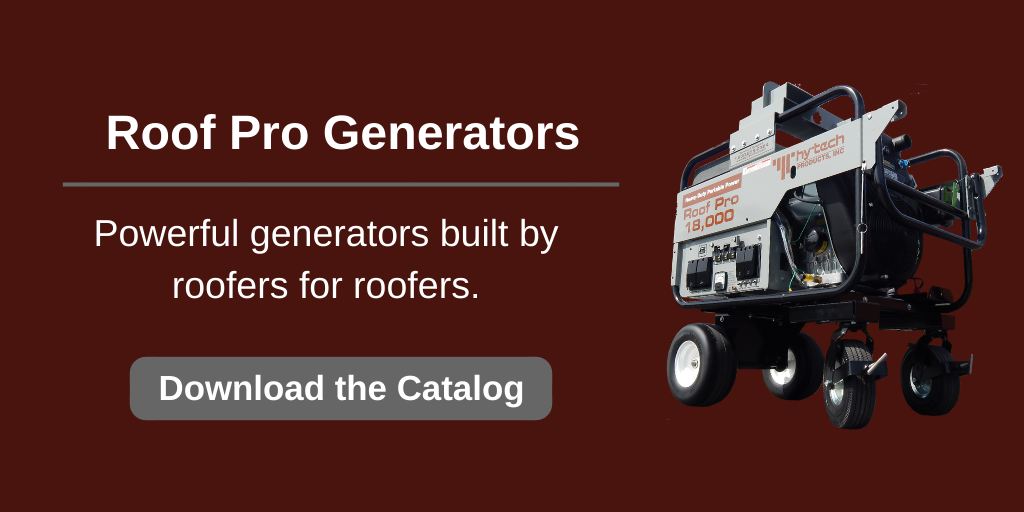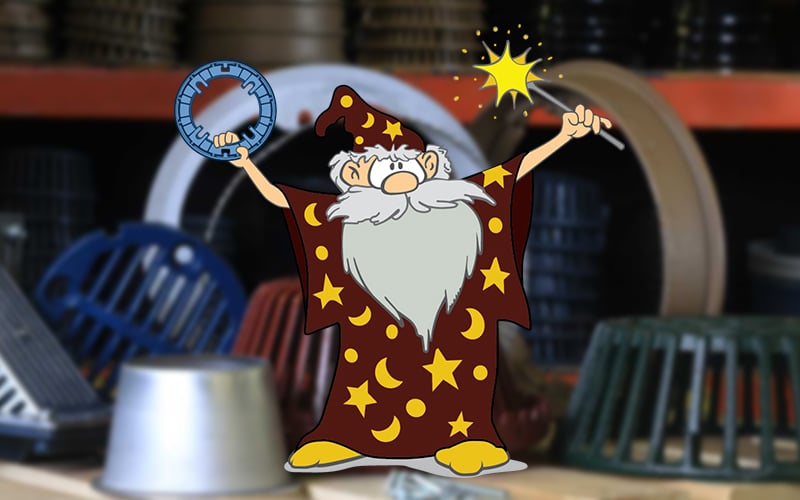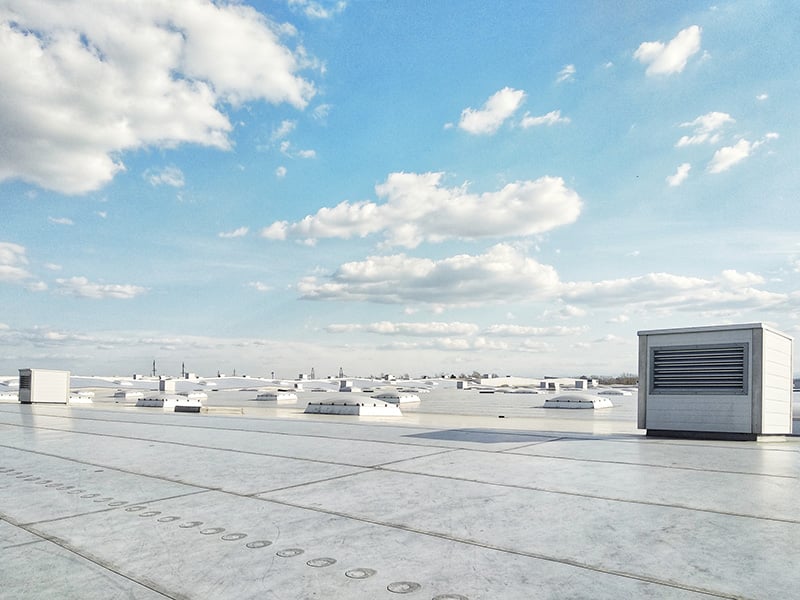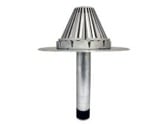To maximize the life of your portable generator and keep it running efficiently, you need to perform regular maintenance on the machine. In this post, we’ve outlined some tips to help you care for your portable generator.
If you are having issues with your generator, contact the manufacturer for troubleshooting help: addressing any issues early can save you money and downtime by avoiding serious malfunctions and more significant repairs down the road.
 Regularly Change the Oil and Oil Filter
Regularly Change the Oil and Oil Filter
Just as you would change a car’s oil, your portable generator’s oil should be changed regularly. Oil change frequency depends on the manufacturer, how often the generator is used and your work environment.
If you’re running the generator for the first time, some manufacturers recommend changing the oil after the first 8 hours of use as a way to clear away any contaminants the engine may have been exposed to during manufacturing or shipping.
Ongoing, oil change frequency requirements can range anywhere from every 50 to 200 hours of operation. You may need to change the oil more frequently if you often work on dusty job sites, as this can sometimes pollute the oil and make it less effective.
In Hy-Tech Roof Pro portable generators, we recommend owners change the oil every 80 hours of operation, and use synthetic oil because it lubricates better and helps to keep engine components cleaner.
Also, make sure to match the oil weight with manufacturer requirements, and to replace the oil filter with every oil change.
Clean the Rotor and Stator
The rotor and stator are parts inside your generator that work together to generate electricity. The rotor spins, causing magnets within the generator to produce the electric current. This current is channeled by the stator to power any connected machines.
For those generators with partially exposed rotors and stators, both parts may collect dust and debris. A build up of these contaminants can prematurely wear them out, shortening their lives and limiting electricity generating potential.
To preserve the rotor and stator, at the end of every day, use compressed air or a blower to clear dust out of these components and the gaps between them. Do not use water, as this can cause electric shorts and potentially start a fire.
Clean and Replace the Air Filters
Air filters capture dust and debris from the air flowing into your engine. If the filter becomes too dirty, not enough air will flow in to the engine and the generator’s performance will suffer.
On a weekly basis, check the air filter for dust and debris build-up. If necessary, clean out the filter using compressed air or water (make sure the air filter is completely dry before reinstalling it). If there are still heavy dirt areas or clumps after blowing it clean, it is time to replace the air filter.
If you need a new air filter, check with the manufacturer to see where you can purchase replacements and what type you’ll need. To streamline the process, make sure you know the generator type and model.
If you have questions about the generator maintenance tips covered here, please contact Hy-Tech’s generator experts at info@hy-techroof.com or 800-635-0384.






